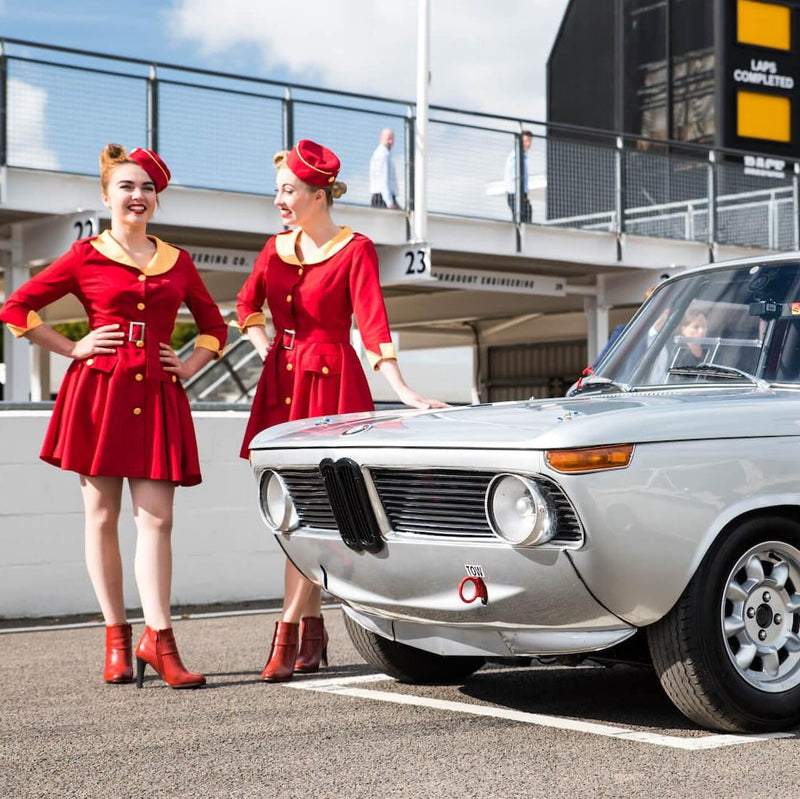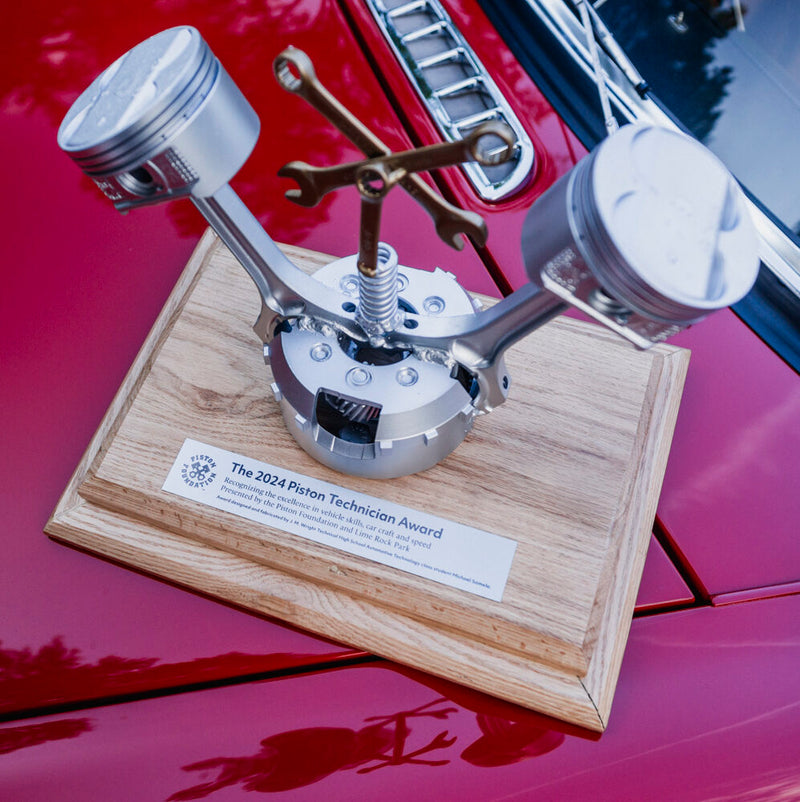One of the bonuses of this job is that on more weekends than not I am surrounded by a selection of historic racing cars, and aside from my affinity for motorcycles, there isn’t much that gets me out of bed in the dark hours of the morning quite like a grand prix machine. As usual, the time of year that brings the current season of F1 to a close prompts some reflection on how it used to be.
It’s always a pleasure to be surrounded by the headline acts of yesteryear, but after you’ve seen them for the umpteenth time—in person or otherwise—it’s the less successful and lesser-known cars that capture your attention. They may not have the same lineage or provenance as the race winners that surround them, but while all eyes are on the Lotus, Ferrari, and McLaren champions, my imagination is also captured by the also-rans that offer something new.






Those old GP and F1 entries that were put together by smaller constructors or else had short lives to live on track serve to remind me just what a (relatively) open and malleable arena top level motorsport used to be. Cars such as the platypus-esque Tecno PA123 for instance, in its striking Martini livery; this was an entry put together by a constructor with a background in building karts, and though it may have looked good and had an experienced pair of hands at the wheel attached to Chris Amon, the car managed just 10 starts and a best finish of 6th at the 1973 Belgian Grand Prix.

Sadly, the Tecno effort ground to a halt in a largely disorganized mess. The constructor was trying to run and develop two different cars simultaneously at one point, with two different sponsors and sets of personnel—how doom was not written on every wall in the building is beyond me. Grand Prix racing was cheap back then compared to now of course, but it was still not an economic endeavour to be taken on a whim. This often saw dreams that were bigger than bank balances and and beyond the capabilities of the car. Machines like the Trojan T103 that managed just eight starts, or the equally obscure Token RJ02, a Ford-powered car that competed just four times in 1974.





Entries for cars like these were sparse—success even more so—so delving into their history one often finds stories dovetailed and superseded by the cars that were beating them at the time. The Token team for example, started life with the formidable Ron Dennis at the helm, and if not for the energy crisis removing the backing of sponsor Motul, the car would have carried the Rondel moniker instead. Other rare cars that feature notable names before or after they made names for themselves elsewhere include the LEC CRP1, a chassis designed by Mike Pilbeam, notable for his work with BRM, Lotus, and Surtees. The LEC team belonged to him, and was sponsored by his father’s refrigeration company.



The was driven by the late David Purley, who was also part of the Token story, albeit for just one race. David Purley famously attempted to save fellow driver Roger Williamson from his burning wreck at Zandvoort in 1973, but he himself would undergo a terrible accident in the LEC CRP1 at Silverstone in 1977. After crashing into a wall at 110mph due to a stuck throttle, Purely sustained a force of deceleration that touched 170G, as the car came to a complete stop in just 26 inches of space. Miraculously (but also thanks to Pilbeam’s strong chassis design), he survived, but was then sadly killed just a few years later in a biplane crash.


Each constructor has its own fascinating story and more often than not a provenance of notable personnel working within its walls, and one thing that often links the cars of this period together, regardless of team budget, is of course the venerable Cosworth DFV motor. In fact, it would probably be a more than fair assumption to say that this power plant was the most democratizing force in grand prix racing history. The V8 “Double Four Valve” that first appeared in the famous Lotus 49 driven in 1967 at the hands of the great Graham Hill, was the off-the-peg motor of choice in the sport (and other disciplines) for nearly two decades afterwards in one guise or another. This affordable, reliable, and powerful piece of engineering allowed teams like Maki, LEC, De Tomaso (whose 505/38 was run under a certain Frank Williams Racing moniker, pictured below) and countless others to build and design a racing chassis around it. Indeed, the construction of the cars themselves, before the days of complicated composites and advanced wind tunnel technology, never mind electronics and computers, meant that it was a markedly more straightforward business to go racing.




I suppose it’s not necessarily better or worse that these days are long gone—it’s simply not going to happen again without a major rewrite of the rulebook. You need to have a billion dollars just to let Mercedes-Benz, Ferrari, and Red Bull lap you these days. Thankfully there is still a healthy interest in historic grand prix racing and fabulous opportunities to experience or re-experience how it used to be, championship-winners and also-rans both contributing to a story of a different time.




























































